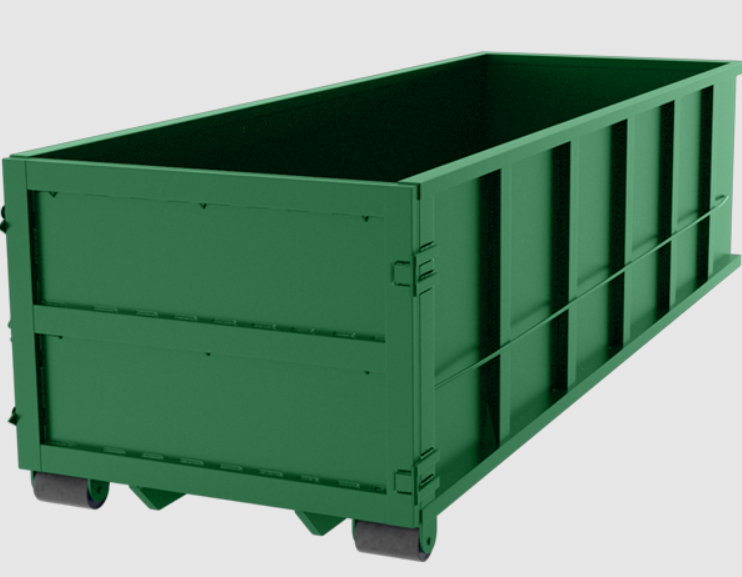When you schedule a dumpster rental, the actual delivery day marks the beginning of a cleaner, more organized project—whether it’s a home renovation, yard overhaul, estate cleanout, or commercial construction. Yet, many people aren’t fully sure what to expect when that big metal container rolls onto their property. From the timing and placement to the small details that ensure everything goes smoothly, it’s worth understanding the full process.
We will explore what happens from the moment your dumpster is on its way until you begin tossing in debris. With the right preparation and awareness, you can maximize your rental period and avoid delays or additional charges. This guide will help you feel more confident about your rental experience by providing a detailed breakdown of what to expect and how to make it hassle-free from the start.
Preparing for a Seamless Delivery Experience
- Know the Arrival Time and Communication Process
The first thing to expect on delivery day is communication from your dumpster rental provider. Most companies, like AZ Junk Removal, provide a delivery window instead of an exact time. This is because the driver may have multiple deliveries and must navigate different road conditions or site complexities. Expect a call or text either the day before or the morning of your delivery. It’s a good idea to stay available by phone in case the driver needs to reach you for placement confirmation or gate access.
If you live in a gated community or your property has restricted access, providing this information in advance can make the process easier for everyone involved. Some customers like to be present for the delivery, but it’s often not necessary as long as instructions are clear. Drivers are trained to place the dumpster where it has been requested, whether that’s a driveway, gravel pad, or curbside space.
- Understand Proper Placement and Space Requirements
Where your dumpster lands is one of the most critical aspects of the delivery process. If you’re having it placed in your driveway, ensure the area is clear of cars, trash bins, and other obstructions. Most dumpsters require a flat, hard surface and approximately 60 feet of clearance lengthwise for the truck to safely back in and drop off. Overhead clearance is also important—keep in mind tree branches, power lines, or low-hanging structures that could be in the way. If you’re not sure where to place it, the company can offer guidance based on your layout and project needs.
In some cases, homeowners opt for street placement, but this may require a city permit. It’s your responsibility to check with local authorities before delivery day to avoid fines or towing. The more prepared your site is, the quicker and easier the drop-off will go.
- Expect Protective Measures to Avoid Property Damage
Reputable dumpster rental companies often take extra steps to protect your property. This might include laying down wood planks under the dumpster to prevent scratching or cracking the driveway surface. Ask ahead of time if this service is included in your rental. If not, you can prepare on your own by placing plywood or similar boards where the wheels and bottom of the dumpster will rest. It’s also worth noting that very heavy loads—such as roofing debris, bricks, or concrete—can add significant weight, so taking precautions ahead of time can help protect your driveway from stress damage. If it rains, be mindful that soft ground can shift or sink under a loaded container; therefore, paved or gravel areas are always preferable to lawn placement. Being proactive with protection ensures that you won’t be left with cleanup or repair issues once the dumpster is hauled away.
- Review What You Can and Cannot Toss
Once the dumpster is in place, it’s time to start filling it—but not just anything can go inside. It’s important to understand what materials are allowed in your rental. AZ Junk Removal and other providers typically prohibit items such as paint, tires, batteries, appliances containing Freon, and hazardous chemicals. If you’re unsure, ask for a list of acceptable items before delivery. Overloading the dumpster is another key concern. Many rentals have a marked fill line, and exceeding it can lead to extra fees or refusal to pick up.
Distribute weight evenly when loading, especially with dense items like bricks or tile. Be mindful not to toss prohibited items at the bottom, thinking they’ll go unnoticed—it can cause disposal issues at the landfill, and you’ll likely be charged for it. Staying within the rules not only keeps things running smoothly but also helps protect the environment from improper waste handling.
Renting a dumpster is a helpful step toward a more organized and efficient project, not a confusing or stressful experience. By knowing what to expect on delivery day, you can make sure your site is ready, your items are compliant, and your timeline is on track. Clear guidelines and a little foresight go a long way in preventing issues like damage, delays, or unexpected fees. Whether you’re clearing out a home, remodeling a kitchen, or managing construction debris, a well-delivered dumpster is a powerful tool in helping you stay on top of the task. From the first call to the final haul-away, knowing how the process works allows you to focus more on the work at hand—and less on the worry.













